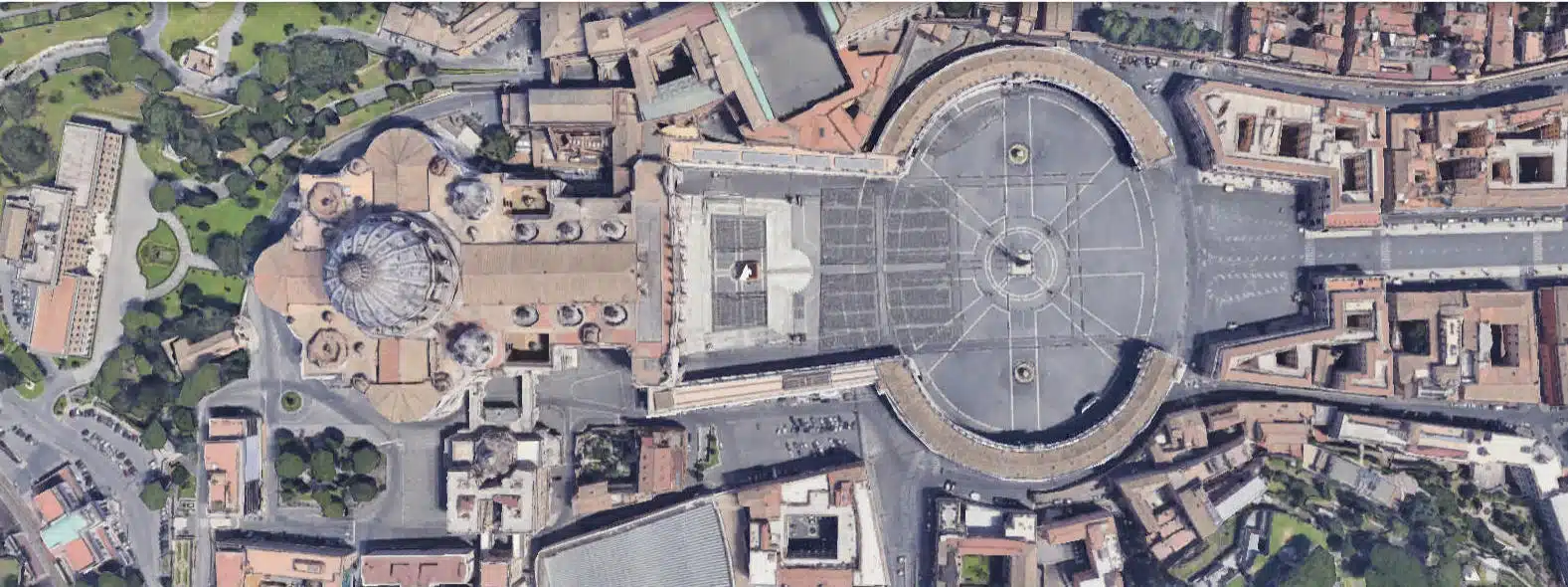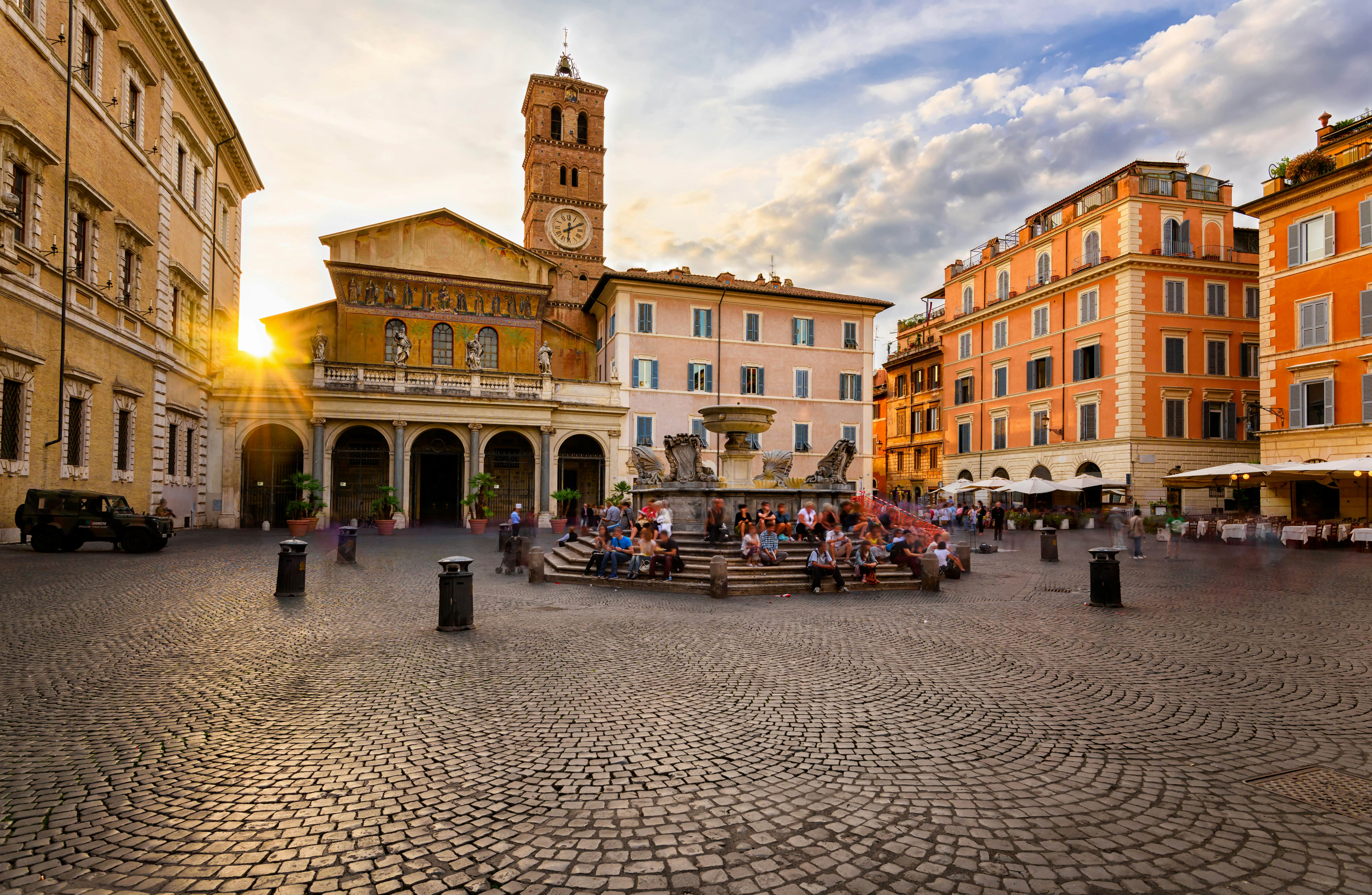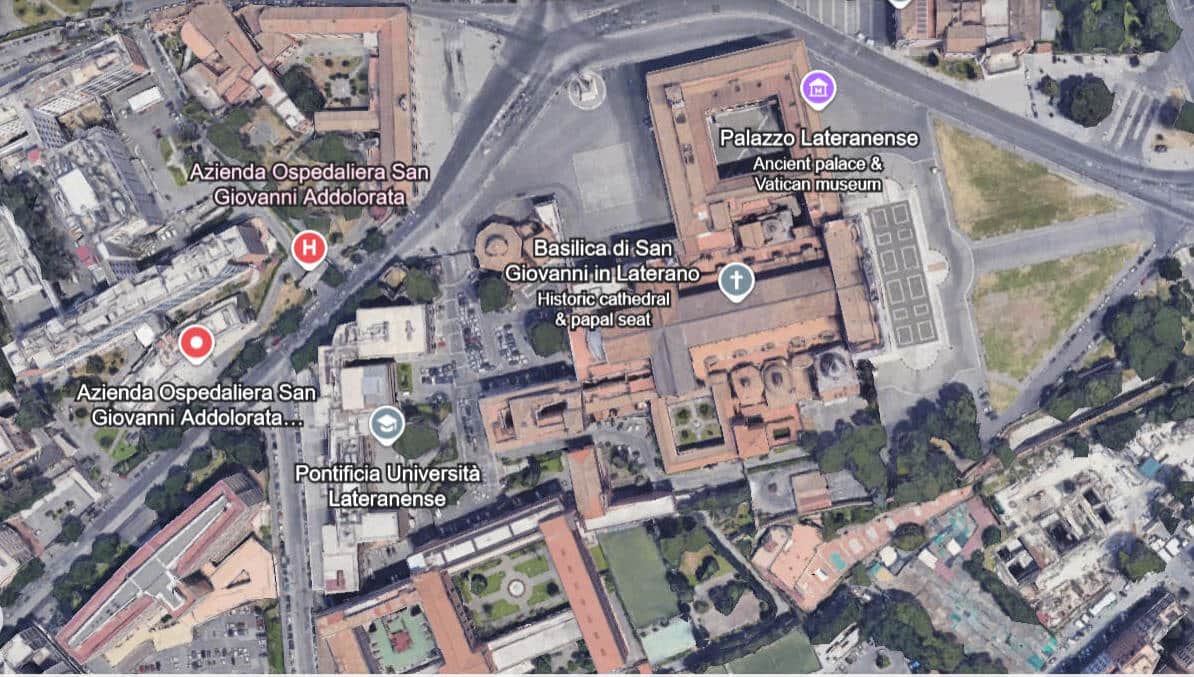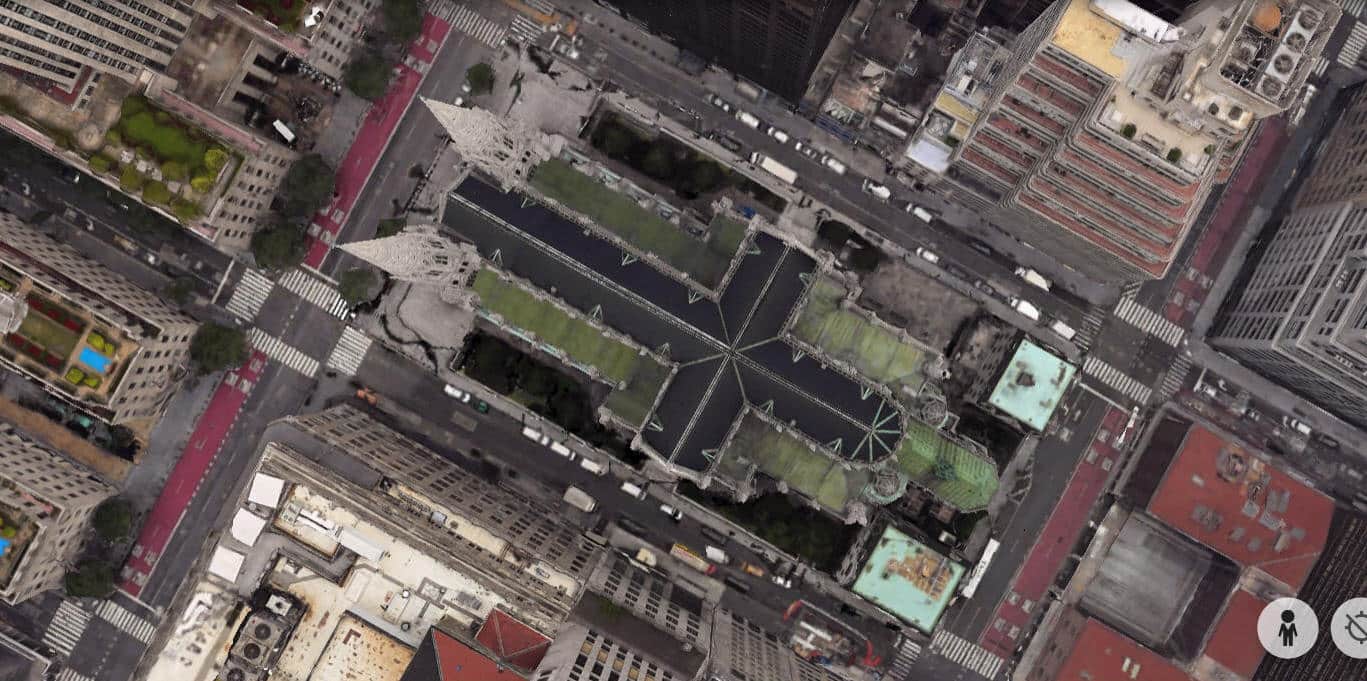Call it a little curiosity.
It was once the tradition for churches to be built with their altars looking eastward. In other cases, the construction was such that congregants faced that direction (along with the priest, this before altars were changed).
The practice (known as “ad orientem”) had its roots in early Christianity, when Christians prayed facing east, symbolizing their anticipation of the return of Christ, also known as the “rising sun of righteousness.” East was also the direction because Paradise was believed to be in the east, as was Jerusalem.
Think of churches you’ve attended: how many have their altars such that the pew sitters are facing in that direction?
Like all altars in early Christian churches, Saint Peter’s Basilica has its altar at its western end. The Pope, facing the people, is facing the rising sun.
“It has often been pointed out that the reason for which the Pope always has faced the congregation when celebrating mass in St. Peter’s Basilica in Rome is that the apse of the basilica for topographical reasons is not facing east, but west,” notes a blog entry. “This is the case as well for the Lateran basilica (as well as some other churches like Santa Maria in Trastevere and San Clemente). Therefore, in order to celebrate facing east, the celebrant had to face the people even if this was not intended.
“But there are other Roman basilicas as well where Mass celebrated on the principal altar has always been celebrated facing the congregation, even if the apse is not facing west. St. Paul and St. Lawrence outside the walls are actually both oriented; St. Mary Major has its apse facing southeast, and Santa Sabina’s is facing northeast.”
If you’re confused, it’s because it’s confusing.
All these basilicas have a confessio before the altar where the faithful can venerate the relics under the altar. Therefore, it seems the reason for which Mass has always been celebrated facing the people in St. Peter’s and a couple of other Roman basilicas has less to do with the orientation of the apse and more to do with the fact that there is a confessio in front of the altar which renders celebration towards the apse impossible.”
This is also true of famed churches such as Notre Dame in Paris.
The basilica itself faces a bit northwest (with the altar in the southeastern part).
Three of the most ancient and most important basilicas of Rome, Saint John Lateran (AD 324), Saint Sebastian’s (AD 330), and Saint Mary Major (AD 432), have their altars in the west. This is because Saint John Lateran, for example, was built in 324 AD, when this was the standard orientation for altars in Rome.
“There is a bit of controversy about ‘facing East’ and ‘facing West,’ liturgically speaking,” notes a second blogger. “Regardless of the compass points at your church, if your priest faces liturgical east during the celebration and consecration of the Eucharist, then you and the cleric are facing the same direction (sometimes called ‘facing away from the congregation’). If your priest faces you, that is facing liturgical West. Until Vatican II, most churches faced east—all in the same direction—and now, outside of the Eastern communions, only a few scattered congregations maintain previous practice in this regard.”
This tradition is not strictly mandated, and many modern churches may not follow this orientation, due to practical or architectural constraints, such as street design. Congregants also face different directions when there are apses and transepts or semi-circular construction. However, it remains a meaningful tradition in church construction.
In New York, those attending Mass for the most part face east and the priest west (facing them).
“If you’re going to do versus populum [priest facing the congregation], you need a baldacchino/ciborium over the altar,” notes another blogger. “If not, ad orientem tends to be the ‘traditional’ way to construct a church.”
Charles Borromeo stated that churches ought to be oriented exactly east, in line with the rising sun at the equinoxes, not at the solstices, but some churches seem to be oriented to sunrise on the feast day of their patron saint. Thus St. Stephen’s Cathedral, Vienna is oriented in line with sunrise on St. Stephen’s Day, December 26, in Julian calendar 1137, when it began to be built.
Perhaps this is a matter of chatter; the important direction is that of the heart.
That means upward.





